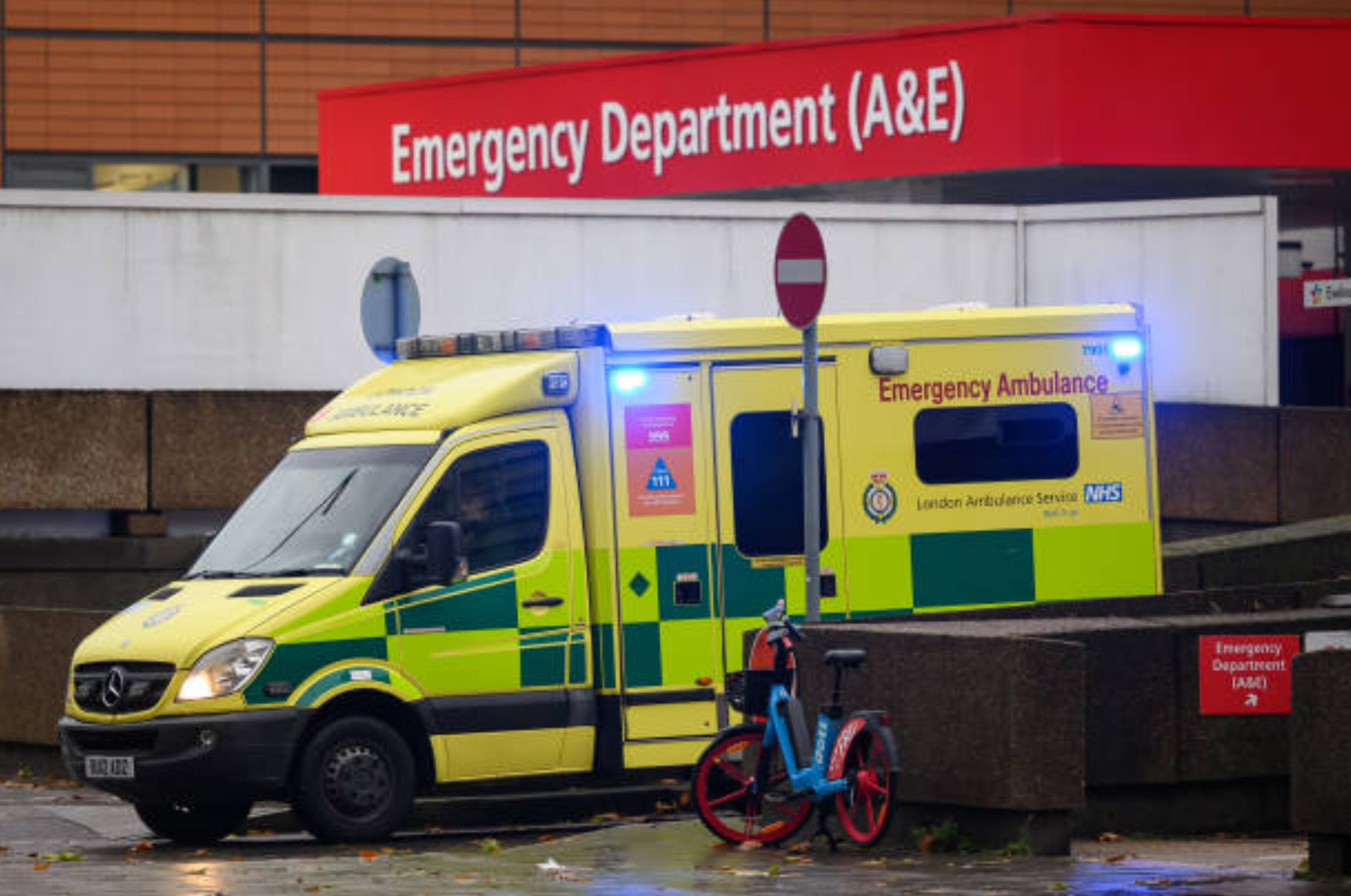Why Are A&E Wait Times Increasing in 2025? A Deep Dive into NHS Pressures
As A&E departments across the UK face unprecedented challenges, we analyze the key factors behind rising waiting times and explore potential solutions for this growing healthcare crisis.

Emergency departments are experiencing increased pressure across the UK
Key Findings
- Average A&E wait times have increased by 23% since 2024
- 47% of emergency departments regularly exceed 4-hour waiting targets
- Staff shortages affect 68% of NHS trusts
- Patient volumes have risen by 15% year-over-year
- Winter pressures have extended into spring months
- Rural hospitals face unique challenges with specialist access
The Current State of A&E Wait Times
Recent data from NHS trusts across the UK reveals a concerning trend in A&E waiting times. In early 2025, the average wait time for emergency department treatment has reached 4 hours and 12 minutes, marking a significant increase from the previous year's average of 3 hours and 25 minutes.
This increase in waiting times has been particularly pronounced in major city hospitals, where patient volumes have surged beyond capacity. Rural and community hospitals have also experienced similar challenges, though to a lesser extent.
Key Statistics
Longest Recorded Wait:
8 hours 45 minutes
Major Trauma Center, London
Shortest Average Wait:
2 hours 15 minutes
Community Hospital, Scotland
Staffing Challenges and Resource Constraints
The healthcare workforce faces unprecedented pressures in 2025. Our analysis shows that:
- 68% of NHS trusts report significant staffing shortages
- Consultant vacancy rates have reached 12%
- Nursing staff turnover has increased by 15%
- Agency staff costs have risen by 28%
- Specialist doctor shortages in key areas
- Increased reliance on locum staff
Impact on Patient Care
These staffing challenges directly impact A&E wait times, as departments struggle to maintain optimal staff-to-patient ratios while managing increasing patient volumes. The situation has led to:
- Extended triage waiting periods
- Delayed specialist consultations
- Increased pressure on existing staff
- Higher rates of staff burnout
Contributing Factors
Demographic Changes
An aging population and urban population growth have led to increased demand for emergency services. The over-65 age group now accounts for 35% of A&E visits, with complex medical needs requiring longer treatment times.
- Population aging at unprecedented rate
- Increased chronic conditions
- Higher rates of multiple comorbidities
- Growing urban population density
System Pressures
Reduced GP availability and limited community care options have increased reliance on A&E departments as primary points of care. This has created a cascade effect throughout the healthcare system.
- GP appointment waiting times up 40%
- Community care service cuts
- Mental health service pressures
- Social care capacity issues
Regional Impact Analysis
Major Urban Centers
London hospitals are experiencing unprecedented pressure, with wait times 35% longer than the national average. The situation is particularly acute in:
- Central London teaching hospitals
- Major trauma centers
- Children's emergency departments
- Specialist emergency units
Rural and Suburban Areas
Smaller hospitals face unique challenges, including limited specialist availability and transportation issues. However, they often provide more consistent care for routine emergencies.
- Longer transfer times for specialist care
- Limited 24/7 specialist coverage
- Transportation challenges in remote areas
- Smaller but more consistent patient volumes
Technology and Innovation
NHS trusts are increasingly turning to technological solutions to manage A&E wait times and improve patient flow. These innovations are showing promising results in pilot programs across the country.
Live Wait Time Tracking
Real-time monitoring systems helping patients choose less busy A&Es, with mobile apps providing up-to-the-minute wait time information.
Predictive Analytics
AI systems forecasting busy periods and resource needs, allowing hospitals to better prepare for peak times.
Patient Guidance
Making Informed Decisions
With wait times at record levels, it's more important than ever for patients to make informed decisions about their emergency care options.
- Check live A&E waiting times before visiting
- Consider UTC (Urgent Treatment Centre) for non-life-threatening conditions
- Use NHS 111 online services for initial assessment
- Be aware of peak times and plan accordingly
- Have your medical history and medications ready
- Bring necessary documentation and identification
Related searches: current a&e waiting times, live a&e waiting times near me, nhs a&e waiting times, hospital waiting times, a&e wait times live updates, emergency department wait times, nhs crisis 2025, a&e queue times, shortest a&e wait near me, hospital emergency wait times
Stay Informed About A&E Wait Times
Use our real-time A&E wait time tracker to make informed decisions about emergency care. Get live updates from hospitals across the UK and find the best options for your needs.
Check Current Wait Times.png)